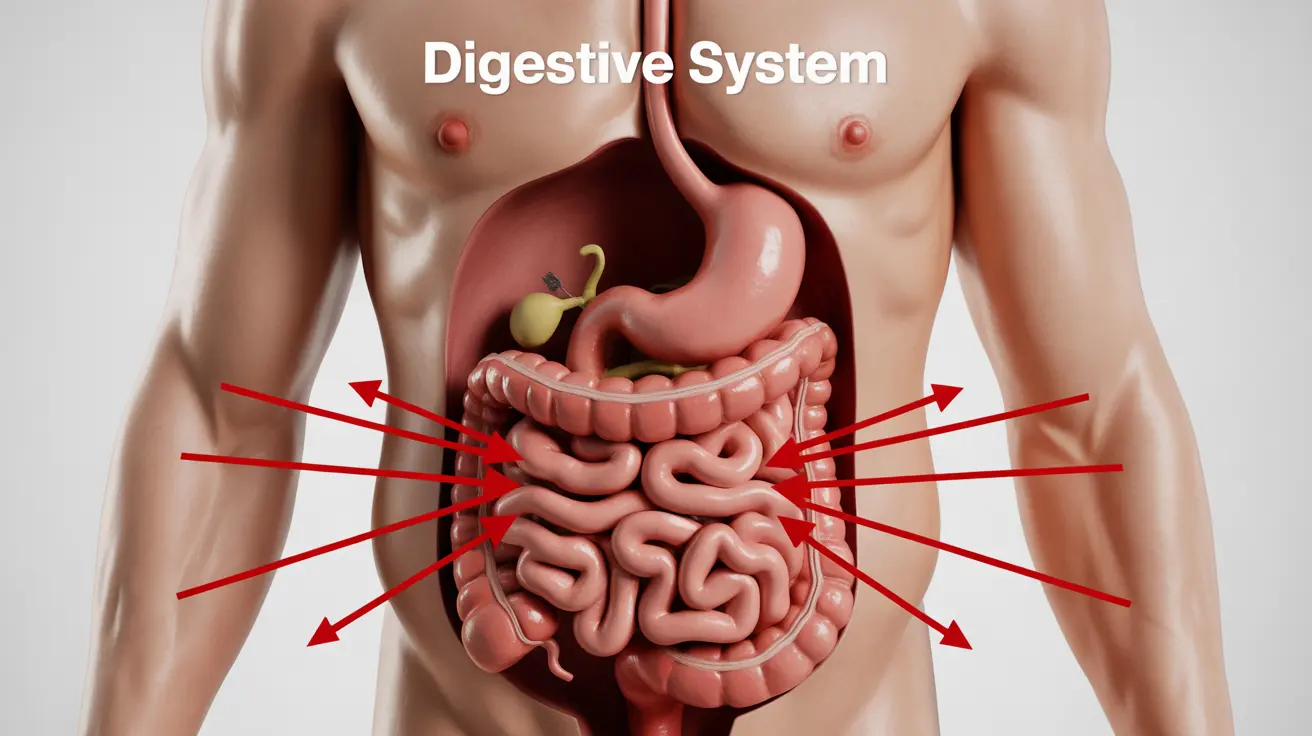Corkscrew esophagus, a rare and intriguing digestive condition, can significantly impact a person's ability to swallow and enjoy meals comfortably. This disorder, also known as diffuse esophageal spasm (DES), is characterized by abnormal contractions of the esophagus, creating a distinctive twisted appearance on imaging studies. In this article, we'll delve into the intricacies of corkscrew esophagus, exploring its causes, symptoms, diagnosis, and treatment options to help you better understand this complex condition.
What is Corkscrew Esophagus?
Corkscrew esophagus is a manifestation of diffuse esophageal spasm, a motility disorder affecting the muscular tube that connects the throat to the stomach. In this condition, the esophagus experiences uncoordinated and simultaneous contractions, disrupting the normal wave-like motion (peristalsis) that typically propels food and liquids towards the stomach.
The term "corkscrew esophagus" derives from the distinctive appearance of the esophagus on imaging studies, particularly barium swallow tests. During these abnormal contractions, the esophagus takes on a twisted, spiral shape resembling a corkscrew or a string of beads, giving rise to its alternative name, "rosary bead esophagus."
Pathophysiology of Corkscrew Esophagus
Understanding the underlying mechanisms of corkscrew esophagus is crucial for both diagnosis and treatment. The condition stems from a dysfunction in the complex neuromuscular system that controls esophageal motility. Here are the key aspects of its pathophysiology:
Abnormal Muscle Contractions
In a healthy esophagus, muscles contract in a coordinated, wave-like manner to push food and liquids toward the stomach. In corkscrew esophagus, these contractions become uncoordinated and often occur simultaneously along different segments of the esophagus. This leads to the characteristic twisting and segmentation visible on imaging.
Disrupted Peristalsis
The abnormal contractions interfere with normal peristalsis, the rhythmic muscle movements that typically facilitate swallowing. As a result, the passage of food and liquids through the esophagus becomes difficult and sometimes painful.
Potential Nerve Involvement
While the exact cause remains unclear, some researchers believe that corkscrew esophagus may involve dysfunction of the nerves that control esophageal muscles. This could explain the uncoordinated nature of the contractions observed in affected individuals.
Diagnosis and Imaging of Corkscrew Esophagus
Accurately diagnosing corkscrew esophagus relies heavily on specialized imaging techniques and other diagnostic procedures. Here's an overview of the key methods used to identify this condition:
Barium Swallow Studies
The hallmark diagnostic tool for corkscrew esophagus is the barium swallow study. During this procedure, patients swallow a contrast medium (barium), which coats the inner lining of the esophagus. X-rays are then taken as the barium moves through the digestive tract. In cases of corkscrew esophagus, the images reveal the characteristic twisted or beaded appearance of the esophagus.
Esophageal Manometry
This test measures the pressure and coordination of muscle contractions in the esophagus. It can help differentiate corkscrew esophagus from other motility disorders and provide valuable information about the severity of the condition.
Endoscopy
While not diagnostic on its own, an upper endoscopy may be performed to rule out other conditions that could cause similar symptoms, such as esophageal strictures or tumors.
Clinical Significance and Management
Recognizing and properly managing corkscrew esophagus is crucial for improving patients' quality of life and preventing potential complications. The clinical significance of this condition extends beyond its unique radiographic appearance:
Symptom Management
Treatment primarily focuses on alleviating symptoms, which may include difficulty swallowing (dysphagia), chest pain, and regurgitation. Management strategies often involve a combination of dietary modifications, medications, and in some cases, more invasive interventions.
Differentiating from Other Disorders
The distinctive imaging findings of corkscrew esophagus help clinicians differentiate it from other esophageal conditions, such as achalasia or gastroesophageal reflux disease (GERD). This distinction is crucial for determining the most appropriate treatment approach.
Long-term Monitoring
Patients with corkscrew esophagus require ongoing monitoring to assess the progression of the condition and the effectiveness of treatment. Regular follow-ups and repeat imaging studies may be necessary to guide long-term management strategies.
Frequently Asked Questions
What are the symptoms of corkscrew esophagus and how does it feel?
Symptoms of corkscrew esophagus can vary but often include difficulty swallowing (dysphagia), chest pain that may be mistaken for heart-related issues, and regurgitation of food or liquids. Some patients describe a sensation of food getting stuck in their chest or a feeling of pressure or tightness. The discomfort can range from mild to severe and may worsen during periods of stress or anxiety.
How is corkscrew esophagus typically diagnosed and what tests are involved?
Diagnosis of corkscrew esophagus typically involves a combination of tests. The primary diagnostic tool is a barium swallow study, which reveals the characteristic corkscrew or rosary bead appearance of the esophagus on X-ray. Esophageal manometry is often used to measure muscle contractions and pressure in the esophagus. Additionally, an upper endoscopy may be performed to rule out other conditions. In some cases, newer technologies like high-resolution manometry or impedance testing might be employed for more detailed analysis.
Can food or lifestyle changes help manage symptoms of corkscrew esophagus?
Yes, certain dietary and lifestyle modifications can help manage symptoms of corkscrew esophagus. These may include eating smaller, more frequent meals, avoiding trigger foods (which can vary by individual but often include spicy or acidic foods), chewing food thoroughly, and staying upright for some time after eating. Stress reduction techniques, such as meditation or yoga, may also be beneficial as stress can exacerbate symptoms in some people. It's important to work with a healthcare provider to develop a personalized management plan.
What are the treatment options for corkscrew esophagus, and which is most effective?
Treatment for corkscrew esophagus is typically tailored to the individual and may include a combination of approaches. Medications such as smooth muscle relaxants, calcium channel blockers, or low-dose antidepressants may be prescribed to help relax the esophageal muscles. In some cases, botulinum toxin (Botox) injections into the lower esophageal sphincter can provide temporary relief. For severe cases that don't respond to other treatments, surgical interventions like myotomy (cutting the muscle fibers) might be considered. The most effective treatment varies by individual and depends on the severity of symptoms and response to different therapies.
How does corkscrew esophagus differ from other esophageal motility disorders?
Corkscrew esophagus, or diffuse esophageal spasm (DES), is distinguished from other motility disorders by its specific pattern of uncoordinated, simultaneous contractions along the esophagus. This contrasts with conditions like achalasia, where the lower esophageal sphincter fails to relax properly, or nutcracker esophagus, which involves high-amplitude contractions. The characteristic corkscrew or rosary bead appearance on barium studies is unique to DES. Additionally, the symptoms and treatment approaches may differ. For example, while both DES and achalasia can cause dysphagia, the underlying mechanisms and therefore management strategies are distinct.
Understanding the unique features of corkscrew esophagus is crucial for accurate diagnosis and effective management. If you suspect you may have this condition, it's important to consult with a gastroenterologist for proper evaluation and personalized treatment planning.




